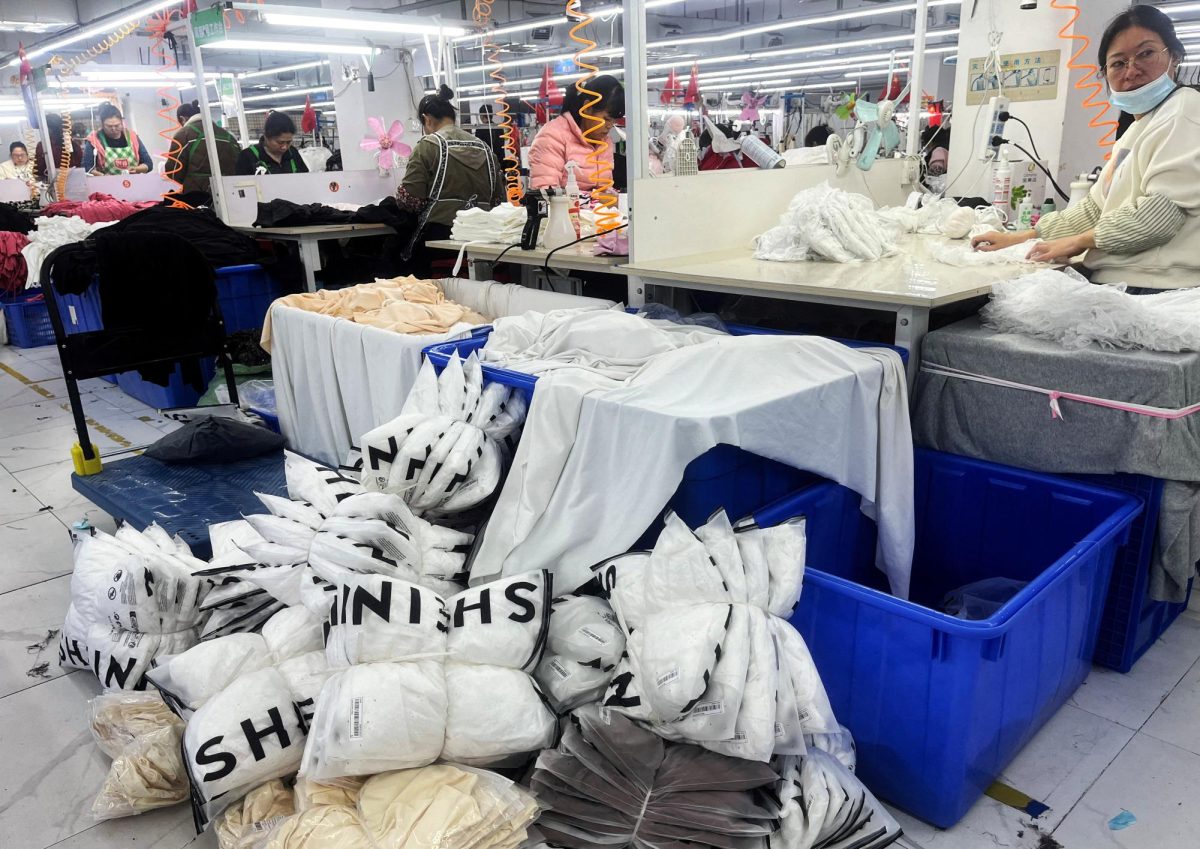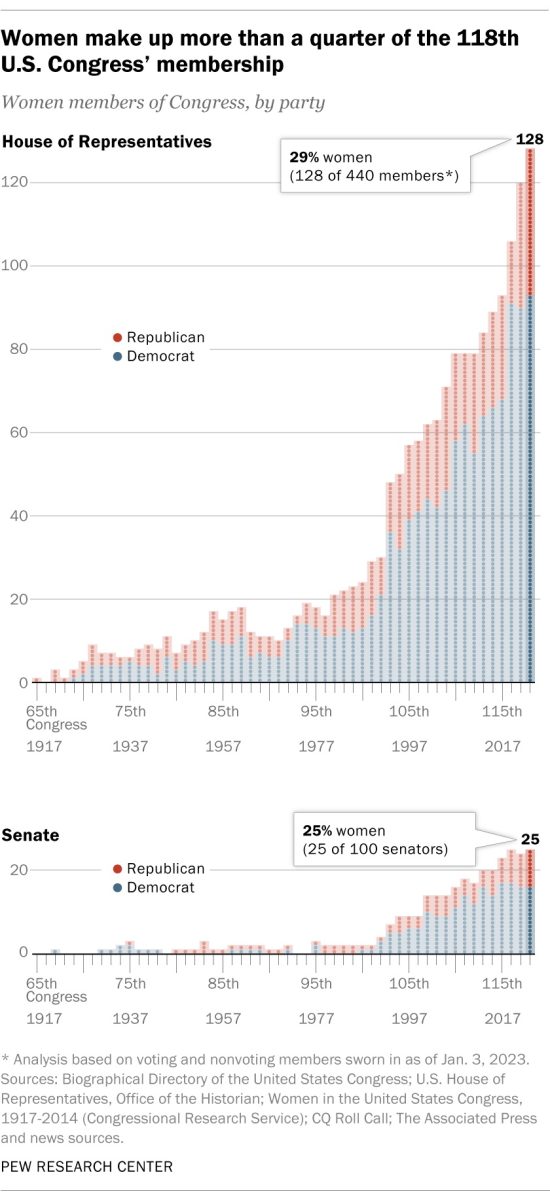It’s no secret why college students love fast fashion. When you’re balancing tuition and textbooks, snagging a $10 top or a $20 dress from a trendy site feels like a win. It’s affordable and accessible. With constant pressure to keep up appearances on social media, fast fashion seems like the easiest way to look good without breaking the bank.
Here’s the part we don’t always think about: Most of those cheap clothes are made of synthetic fibers like polyester, nylon, and acrylic, a.k.a. plastic. According to Earth.org, the average person throws away 82 pounds of clothing a year, and a single polyester t-shirt takes 700 gallons of water to produce. That’s the same amount one person drinks in 2.5 years. These materials take hundreds of years to decompose, and they shed microplastics every time we wash them, polluting our water systems and ending up in the food chain. That $10 top might seem harmless, but it could outlive all of us in a landfill.
Fast fashion also fuels a cycle of overconsumption. When clothes are cheap and constantly changing, we’re encouraged to buy more and wear less. Yet, nearly 82 pounds of all textile waste ends up in landfills each year. It’s not just wasteful, it’s unsustainable.
As students, we may feel like we have limited power to change such a massive industry. The truth is, we’re at a crucial intersection of influence and awareness. Our generation is already reshaping the way people think about climate action, ethical consumption, and social responsibility. Choosing to step away from fast fashion, even gradually, is one of the most direct and meaningful actions we can take. It doesn’t require perfection. It starts with asking better questions about our clothes, what they’re made of, who made them, and how long they’ll last.
On campus, we’re already seeing the beginnings of this shift. Earlier last fall, the LGBTQIA+ club hosted a closet clean-out clothing swap. Our Fiber Arts Club also promotes crafting your own personal pieces; many have already learned how to make clothes, scarves, and pieces that promote sustainable fashion. Many may not even realize how they’re helping the earth, but have still found ways to still have fun and have a creative space. When you curate a wardrobe from secondhand finds or rework old pieces into something new, you’re not just reducing waste, you’re also expressing yourself in a way that’s far more original than anything mass-produced.
Fast fashion might be easy, but it isn’t harmless. While it might seem like a small act, choosing to shop less, wear more, and support sustainability sends a message to brands, peers, and ourselves: style doesn’t have to come at the cost of the planet. Sustainable fashion isn’t a luxury. It’s a mindset. One that says we care about the impact of our choices and the kind of future we want to wear. For students with limited budgets and big dreams, sustainable fashion is more than just a good idea. It’s a step toward the kind of future we actually want to live in.




























